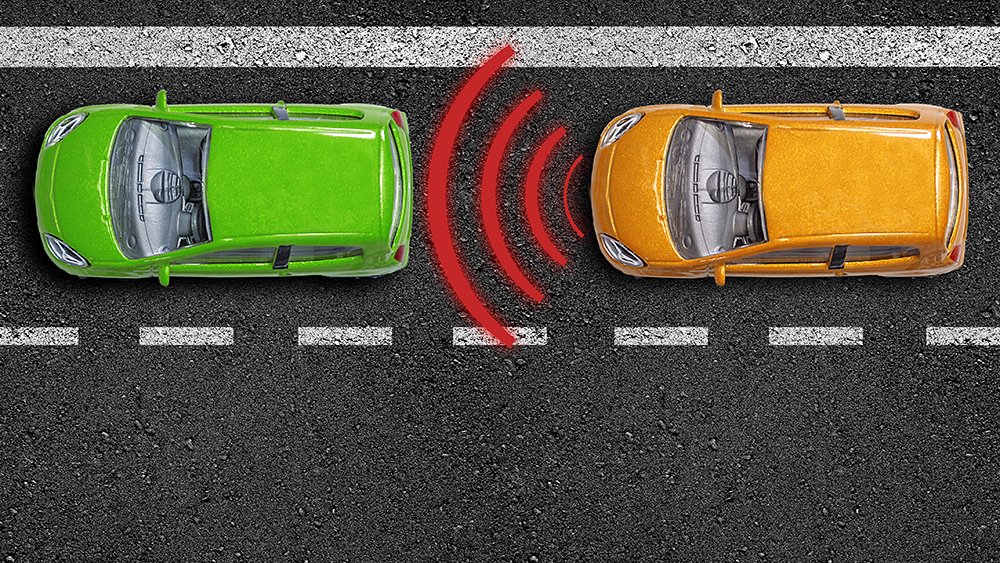The Specialty Equipment Market Association (SEMA) and MEMA Aftermarket Suppliers (MEMA) joined forces to host leaders from the private sector for a symposium to address the growing challenges associated with Advanced Driver-Assistance Systems (ADAS) calibrations. A renewed federal regulatory focus on mobility issues and vehicle safety, and rapid advancements in vehicle technology, are moving the aftermarket industry to enhance its ability to service vehicles. SEMA states that the event resulted in a unified voice for automotive aftermarket service, parts, tools and equipment providers.
According to officials in a press release, the event was held at the SEMA Garage in Plymouth, Michigan, where leading voices from across the automotive industry addressed one of the most pressing and complex challenges facing aftermarket repair and customization professionals: creating a clear, industry-wide roadmap to ensure ADAS functions safely and reliably in every vehicle, whether a vehicle is factory-original or modified in the aftermarket.
“SEMA and the aftermarket are traditionally known for performance and style, but our legacy of safety innovation runs just as deep,” said Jim Moore, SEMA vice president of OEM and product development. “What starts in the aftermarket often shapes the broader industry. With the rapid adoption of ADAS technology, we have a unique opportunity to lead again—helping define a safer, more adaptive, and more personalized driving experience. The ADAS Symposium brought together innovators, experts and stakeholders from across the industry to chart a path forward. It’s not just about reacting to change—it’s about taking a leadership role in building a future where advanced safety and aftermarket innovation go hand in hand.”
From standardizing procedures to advancing education, training, advocacy, and exploring new business models, the event sparked vital conversations shaping the future of safe, tech-driven mobility, noted the press release.
New Technology Creates Unique Challenges
Modern automobile safety systems have moved beyond airbags, seatbelts and rearview mirrors. They also account for a new wave of technology known as Advanced Driver-Assistance Systems (ADAS). These systems drive features such as automatic emergency braking (AEB), forward collision warning (FCW), lane departure warning (LDW), blind spot warning (BSW), adaptive cruise control (ACC) and others. ADAS features are controlled by a vast array of sensors, cameras, radar and lidar systems.
Evolving Regulations Change the Landscape
The U.S. Department of Transportation’s National Highway Traffic Safety Administration (NHTSA) finalized a new Federal Motor Vehicle Safety Standard in 2024 that will make automatic emergency braking (AEB), including pedestrian AEB, standard on all passenger cars and light trucks by September 2029. This safety standard is expected to reduce rear-end and pedestrian crashes. NHTSA’s regulation mandates that all cars be able to stop and avoid contact with a vehicle in front of them up to 62 miles per hour. The regulation also requires systems to detect pedestrians in both daylight and darkness, which presents a challenge to OEMs, Tier 1 suppliers, and those who modify vehicles, said SEMA. Modifiers seek access to system information to ensure vehicles are safely modified.
The standard also requires that the system apply brakes automatically at speeds up to 90 mph when a collision with a lead vehicle is imminent, and up to 45 mph when a pedestrian is detected. For grassroots racers, many of whom use street-legal vehicles in competition at the local racetrack, this presents a challenge if they are unable to temporarily disable AEB and PAEB systems, noted SEMA.
